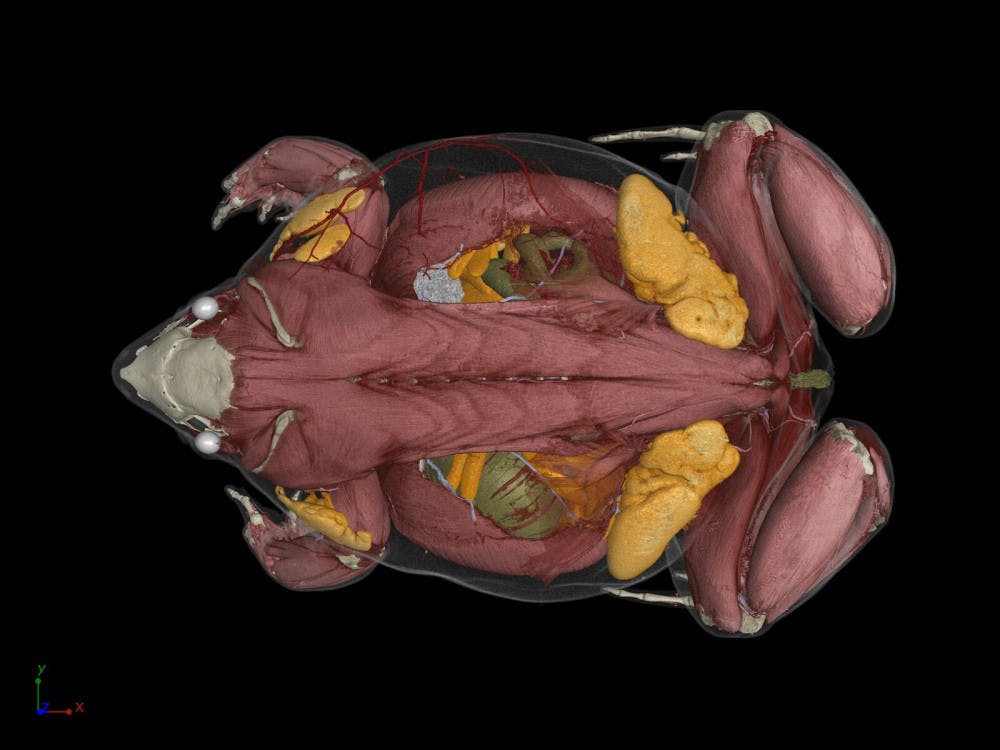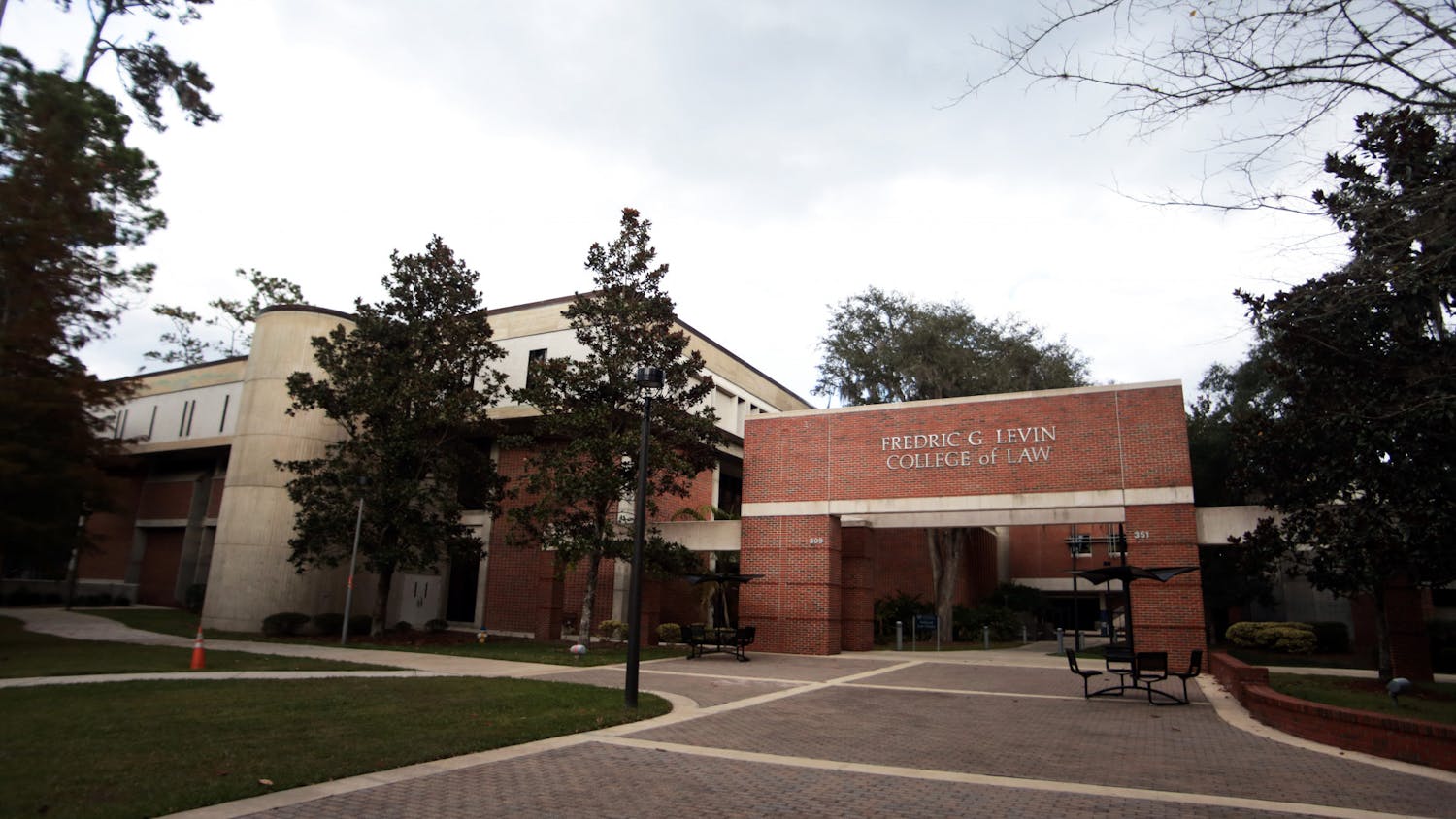With the help of 15 other institutions and a $2.5 million grant, UF researchers at the Florida Museum of Natural History hope to scan and digitize nearly 20,000 animals.
UF is leading a collaborative effort to create 3D images of different animals, said David Blackburn, a researcher with the herpetology division at the Florida Museum of Natural History. Over the course of a few months and with “a lot of phone calls,” UF and other researchers connected and submitted a grant proposal in October.
The national Science Foundation’s grant will come into effect on September 1. Of the $2.5 million awarded, UF will receive $800,000.
“We’ve been pushing a lot of this vision for the past two years,” Blackburn said. “Not only myself but other people at UF have been doing something related to this in one way or another. And it just sort of made sense that we would take the lead.”
Blackburn estimates about 5,000 to 7,000 scans have been completed. Six institutions, including UF, have the CT scanners. The specimen shipped to UF are scanned at the Nanoscale Research Facility on Center Drive.
“We’re a little bit of the oddballs out, having a bunch of dead lizards and frogs in jars,” Blackburn said.
For Bruce MacFadden, a scientist who studies paleontology at the Florida Museum of Natural History, having 3D scans allows him to study fossils he wouldn’t otherwise be able to examine. Instead of having to cut the fossils to look inside, the scan reveals the interior.
“You can see things you otherwise wouldn’t be able to see without destroying the fossil,” he said.
The scans are accessible online through MorphoSource. Blackburn hopes to see the images used for educational purposes. He said the grant also requires a day where high school biology teachers come to UF and learn about the project’s finds.
Blackburn said he likes that the scanned items aren’t hypothetical models- they contain information including who collected it, where and when.
“These are real things that have a story,” he said. “Each of these individual 20,000 things has data. There’s a story behind this, and I think that’s really going to be a fun aspect of this project.”
@romyellenbogen
The collaborative scanning project will digitize 3D models for a variety of species. David Blackburn, a researcher on the initiative, said several frog scans have already been completed.






